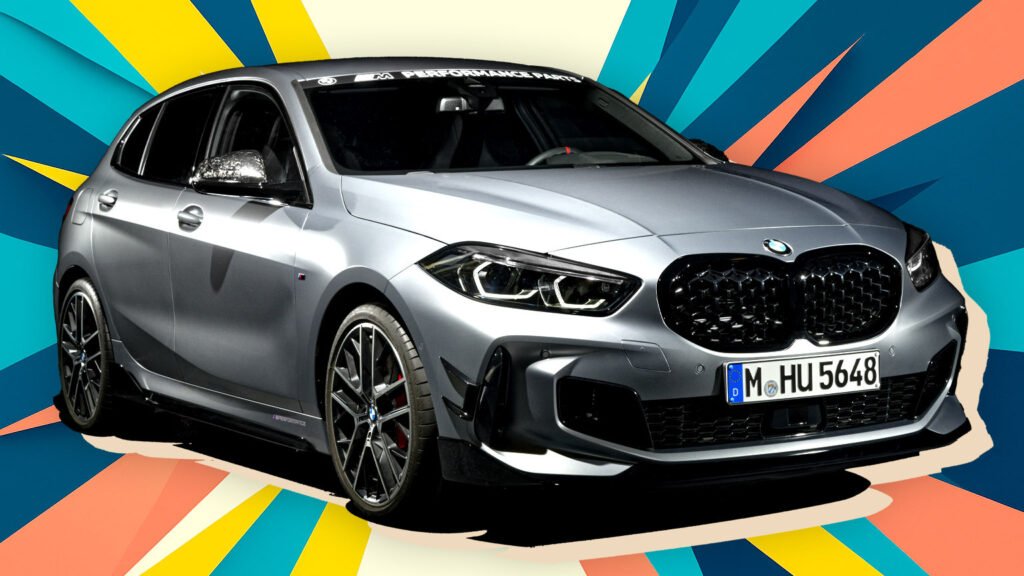

- Interestingly, emotion-driven compact cars are more popular with bright colors.
- Of all new cars sold in five major European markets, gray accounted for 27.3 %.
- The most popular colors after gray, white, and black are blue and red.
If you drive a brightly painted car in Europe, you’re part of a shrinking minority. The overwhelming trend on the continent’s roads leans heavily toward restraint, with the vast majority of new cars finished in shades of gray, white, or black. There are exceptions of course, and models like the Fiat 500 or the new Renault 5 tend to carry color more confidently than most.
Read: Want A Car That Won’t Depreciate Fast? Pick This Color
A recent analysis from Jato Dynamics has revealed that across the top five markets in Europe, almost 70 percent of new cars are painted in white gray, white, or black. Gray is the most common of them all, accounting for 27.3 percent of sales, followed by white at 22 percent and black at 18 percent.
Color Preferences by the Numbers
Following black as the fourth most-popular color is blue, accounting for 12.1 percent of new car sales. That positions it above red with a 7.4 percent share, silver with 5.4 percent, and green with 2.8 percent. Jato notes that even for cars that are marketed with bright colors, such as the Renault Clio, most buyers opt for understated and neutral tones rather than flamboyant colors.

The Fiat 500 and the new Renault 5 are a little different. Sales data show that while 14 percent of new 500 sales are for cars painted black, 12 percent are yellow, and another 12 percent are gold. Additionally, red is above the industry average, accounting for 8 percent of sales, blue with 7 percent, green with 3 percent, and pink with 3 percent. Perhaps most surprising is that whereas gray represents 27.3 percent of all new car sales in Europe, just 2 percent of new Fiat 500s are painted gray.

Inside the Cabin
The study also explored how buyers opt the interiors of their cars, and the results varied widely by country. German and British shoppers tend to favor premium finishes, with 57 percent of Germans and 53 percent of Brits paying €500–€1,000 ($580–$1,160) for leather interiors. By contrast, cloth remains king in southern Europe, with 85 percent of Spanish buyers, along with three-quarters of Italians and French shoppers, choosing the more affordable option.
Car colors might not define you, but they definitely say something. So, are you joining the gray army, or are you brave enough to roll up in something loud enough to annoy the neighbors?






